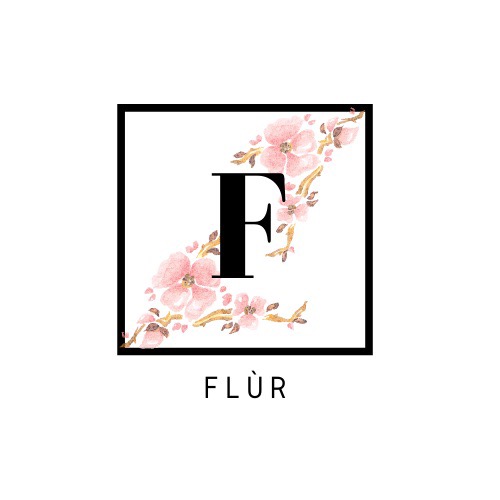The Vital Importance of Spray-Free Gardens
- flurloves

- Oct 8
- 3 min read
By Kathryn Bryan | October 2025 | Whangārei, New Zealand
In a world increasingly shaped by synthetic solutions, the humble spray-free garden stands as a quiet act of resistance and a powerful gesture of hope. Whether nestled in a suburban backyard, blooming beside a school, or thriving in a community plot, these gardens are more than aesthetic choices. They are sanctuaries. They are lifelines.
But what does “spray-free” really mean, and why should we care?
What Is a Spray-Free Garden?
A spray-free garden is one that avoids synthetic pesticides, herbicides, and fungicides. Instead, it relies on natural methods—companion planting, biodiversity, and organic soil health - to thrive. These gardens may be organic, permaculture-based, or simply maintained with a commitment to avoiding chemical sprays.
Why It Matters: The Chemical Tsunami
Today, we live in what some scientists call a “chemical tsunami.” From kitchen cleaners to scented candles, and especially in our gardens, we are surrounded by thousands of unregulated chemicals. Many of these have been linked to environmental degradation and health concerns.
Our grandparents often cleaned with vinegar and baking soda. Their gardens were more biodiverse, less manicured, and far less toxic. In contrast, modern gardening practices often prioritize tidiness over ecological health, leading to widespread use of sprays that harm more than just weeds.
The Insect Crisis: Small Creatures, Big Impact
Insects - especially pollinators like bees, butterflies, moths, and beetles - are foundational to life on Earth. They pollinate approximately 75% of global food crops and 90% of flowering plants. Without them, ecosystems unravel. Food systems falter.
Yet, pollinators are in peril. Habitat loss, pesticide exposure, and climate change have pushed many species to the brink of extinction. The widespread use of insecticides like neonicotinoids has been directly linked to bee population declines, disrupting their nervous systems and reproductive cycles.

Spray-Free Gardens as Sanctuaries
So, what can we do?
We can create sanctuaries. Even a small patch of land - free from sprays, rich in flowering plants, and with access to water - can become a vital refuge for pollinators. These micro-habitats act as stepping stones across urban and rural landscapes, allowing insects to forage, nest, and thrive.
Scientific studies confirm that private gardens, especially those with diverse plantings and no chemical sprays, significantly increase pollinator activity. Gardens with native plants and continuous blooms throughout the seasons offer food and shelter, supporting biodiversity and ecosystem resilience.
Where and When: Every Garden Counts
Whether you live in Whangārei, Wellington, or anywhere in the world, your garden can make a difference. The best time to start is now. Spring and summer are ideal for planting pollinator-friendly flowers like lavender, kawakawa, rosemary, and native flowers. But even autumn and winter offer opportunities to prepare soil, plan layouts, and install bee hotels or water sources.
Who Benefits?
Pollinators: Bees, butterflies, and other insects find safe havens.
Humans: We enjoy healthier food, cleaner air, and richer biodiversity.
The Planet: Spray-free gardens reduce chemical runoff, support soil health, and mitigate climate change through carbon sequestration.
How to Start Your Own Pollinator Oasis
Go Spray-Free: Avoid synthetic pesticides and herbicides. Check those ingredients.
Plant Diversity: Include native and flowering plants that bloom across seasons.
Add Water: A shallow dish with pebbles can provide hydration.
Create Shelter: Leave some wild areas, install bee hotels, and avoid over-manicuring.
Educate and Share: Talk to neighbours, schools, and councils about the importance of spray-free spaces.

Bee pollinating a spray-free garden
A Small Act of Mercy
In a time when many feel powerless against global environmental challenges, creating a spray-free garden is a tangible, hopeful act. It’s a way to say:
“I see you,” to the bees.
“You matter,” to the butterflies.
“You belong,” to the wild.
And perhaps, in doing so, we rediscover our own place in the web of life.




Comments